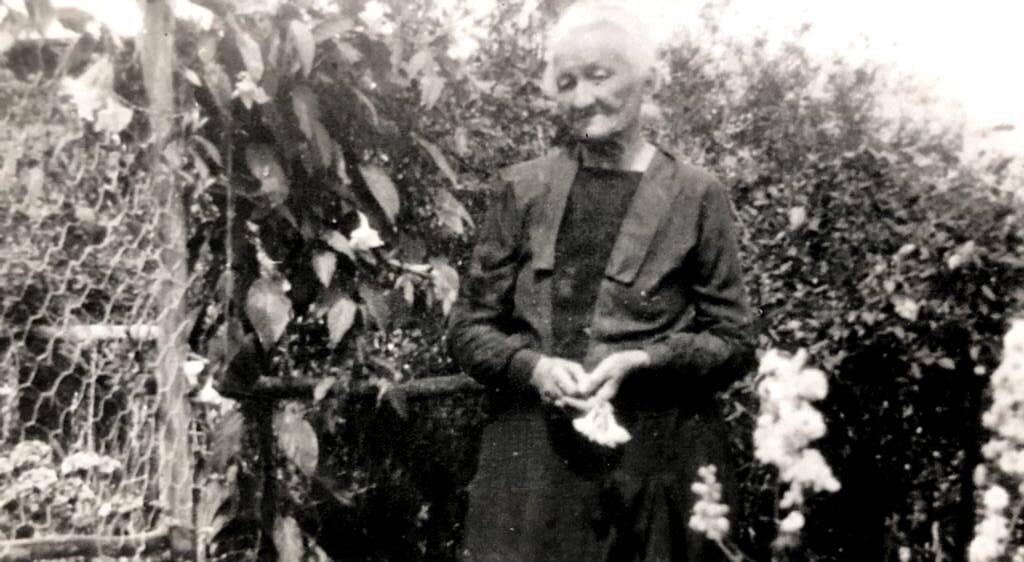At the bottom of the Cataract Dam lies a little town long forgotten but one man is determined for the world to rediscover the "devastating" story behind Sherbrooke.
Subscribe now for unlimited access.
$0/
(min cost $0)
or signup to continue reading
The short-lived settlement in a place previously known as Bulli Mountain has been hidden for more than 100 years after it was seized for the construction of the Cataract Dam in the early 20th Century.
Bulli musician-turned-filmmaker James Stewart Keene is a descendant of residents and believes his "life's work" will be his upcoming movie Sherbrooke Down which is currently in development.
"History can sometimes be looked at through romantic eyes," Keene said.
"We tell Sherbrooke not just as a tragedy but as a real place. There was a real human cost to what happened because of the resumptions but it's also a real story of people who built their lives around agriculture and the Cataract River was their lifeblood."

He is also running a crowdfunding campaign to fund the Australian period drama, which will also revive the tale of his great, great grandmother Evangeline Keene.
"She was a very strong woman - this is her story of loss, grief and resilience," he said.
"She lost her brother in the 1887 Bulli mine explosion, and some years later her husband became bankrupt.
"Eventually she and her family found their way ... they worked hard and got a farm at Sherbrooke but then they faced losing it all when the government resumed their land."
Keene has been researching his ancestors through family documents, old newspaper articles and information at the Black Diamond Heritage Centre in Bulli.
Sherbrooke has a story winding back to the mid-1800s. It was a prosperous orchard and timber town, the village housed 100 people and 22 families before a series of disasters - flood, drought and flood again - wiped it from the map.
History can sometimes be looked at through romantic eyes ... but there was a real human cost.
- James Stewart Keene
The vibrant town, whose fruit was exported across the world and whose timber supported four sawmills, was vacated for the construction of the Cataract Dam catchment by the Water Board from 1902.
Cataract was the first of four dams constructed to collect water from the Illawarra Plateau, according to Water NSW.
Only fleeting reminders of the drowned town remain.
Brownsville in Dapto is said to be named after the Browns, former residents of Sherbrooke who had a 75-acre fruit orchard; timber and sandstone at Bulli Uniting Church is said to have come from the village; and the chapel at Grevillea Park, transported first to Woonona then Slacky Flat, is the only intact souvenir of Sherbrooke (besides ghostly skeletons of buildings poking out of the dam when water levels are low).
The Blincko family, which included five daughters and a number of sons, moved to Bulli in 1914 and brought the church from Sherbrooke.
"The real tragic thing about this was the way the government [of the day] handled the resumptions, it was a little bit underhanded," Keene claimed.
"This thing was rushed through and eventually it was bungled - it was delivered over time and over budget - so much so there was a royal commission held after the dam was built and a lot of controversy around it."
The idea for the film has been "burning" inside Keene for 30 years, but movies are uncharted territory for the singer-songwriter and he didn't have the confidence.
It wasn't until early last year when his father was diagnosed with cancer that a few words from a stranger spurred him along.
"I was having a moment of reflection, my dad had just been diagnosed with ... lymphoma and I had a chance encounter with a fellow who worked with the Adelaide Theatre Company," Keene said.
The pair started chatting over a beer at Five Islands Brewery, Keen eventually explaining his film idea.
"He was telling me 'oh you can get grants, and you can do this', and I kind of went, 'gees, yeah I could'," he said.
"With my dad passing, the message I got from his life was 'don't die wondering'."


